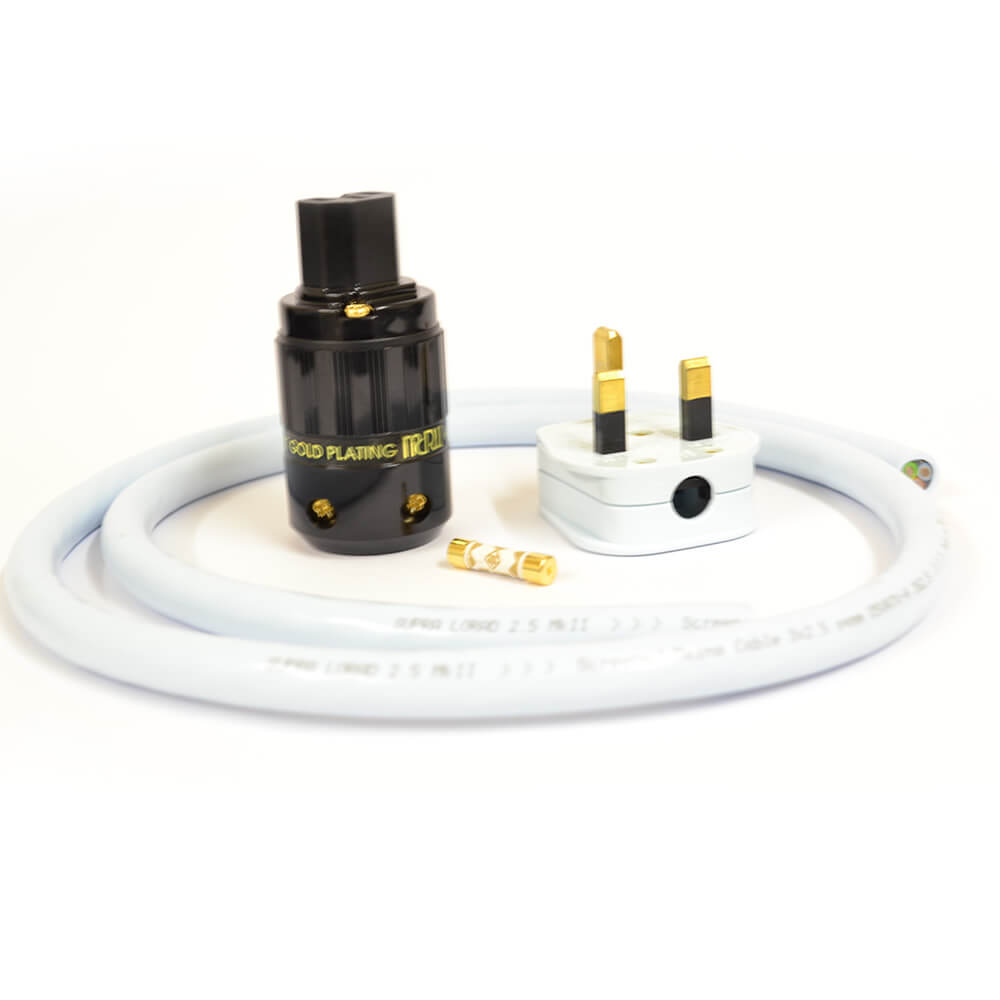Question: Is it possible to have a high-performance stereo with stock power cords? A stereo that is highly dynamic with controlled low frequencies, extended high frequencies, and a massive layered holographic sound stage that changes scale with recordings from immediate with focused presence, to wraparound envelopment and all points in between with stock power cords? I mean, obviously, the answer is no, absolutely not. But I’m curious, what other people think?
Bonus question: do power cord deniers have actual high-performance stereos?
Bonus question: do power cord deniers have actual high-performance stereos?
Last edited:












